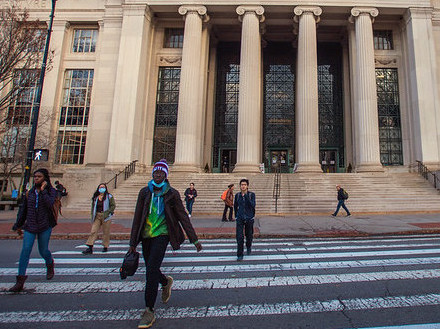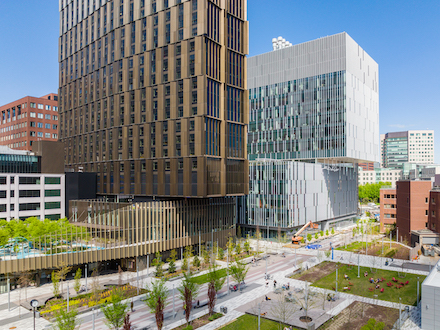By the Numbers
Finance at MIT is about ensuring the Institute has the resources to succeed in pursuing its mission, now and into the future. Below are some noteworthy facts and figures relating to MIT's finances.

$24.6 billion Value of MIT's endowment in fiscal year 2024
A permanent resource built by MIT’s donors, the endowment provides vital and sustained support for MIT by generating an annual income stream for today while sustaining the Institute for the long term. MIT depends on annual income from endowment investments to fund almost every aspect of its operations, from scholarships, fellowships, professorships, and student life to the activities of its schools, departments, labs, and centers.

81% of MIT's endowment is restricted
Endowment returns must be used with the purposes for which the fund was established, and donors typically restrict their use to specific purposes, such as professorships, scholarships, fellowships, and research.

In 100 years the MIT mission will be as important as it is today
MIT applies the concept of “intergenerational neutrality” when determining the endowment distribution to help fund our operations during the next fiscal year. MIT seeks a spending policy that will offer the same support to today’s scholars as future generations. We conserve some, knowing we need larger dollar returns in the future to maintain the endowment’s purchasing power.

$4.2 billion The amount the 2030 facilities capital plan has committed to facilities capital projects since 2012
This includes projects that are complete or nearing completion, like the Graduate Junction residence on the West Campus, the Edward and Joyce Linde Music Building, the Stephen A. Schwarzman College of Computing, and the Lisa T. Su Building (MIT.nano), and projects currently in construction, like the Metropolitan Warehouse and the East Campus “parallel” undergraduate residences.

51% of MIT campus operating revenues are from current use philanthropy, the endowment, and other investments
To provide a historical perspective on the composition of campus operating revenues, in 1981 support from these sources accounted for only 18% of our campus revenues, and 35% in Fiscal 2011. We sometimes refer to these categories as “intergenerational support,” given the role of our alumni’s generosity in providing this funding.